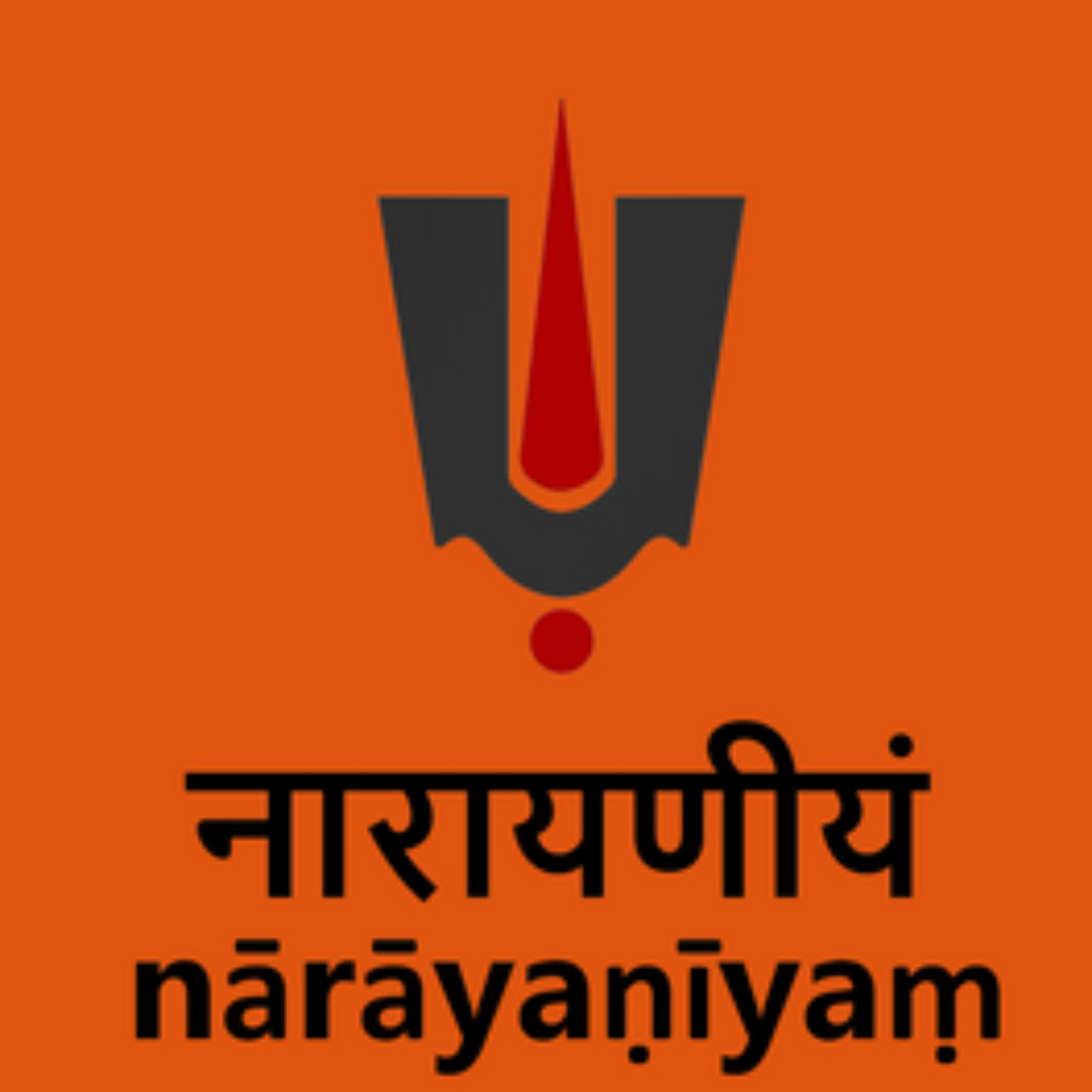Dasakam 015 - Sloka 02
- Author
- Kumar Vembu
- Published
- Sun 01 Dec 2024
- Episode Link
- https://rss.com/podcasts/narayaniyam-learn-to-chant/1780591
प्रकृतिमहदहङ्काराश्च मात्राश्च भूता- न्यपि हृदपि दशाक्षी पूरुष: पञ्चविंश: ।
इति विदितविभागो मुच्यतेऽसौ प्रकृत्या कपिलतनुरिति त्वं देवहूत्यै न्यगादी: ॥२॥
Verse 2:
ப்ரகுதிமஹதஹங்காராஷ்ச மாத்ராஷ்ச பூதா- ந்யபி ஹ்ருதபி தசாக்ஷீ பூருஷ: பஞ்சவிம்ஶ: । இதி விதிதவிபாகோ முச்யதே’ஸௌ ப்ரகுத்யா கபிலதனுரிதி த்வம் தேவஹூத்யை ந்யகாதீ: ॥
Verse 2:
Prakṛtimahadahaṅkārāś ca mātrāś ca bhūtā- Ny api hṛd api daśākṣī pūruṣaḥ pañcaviṁśaḥ । Iti viditavibhāgo mucyate’sau prakṛtyā Kapilatanur iti tvaṁ Devahūtyai nyagādīḥ ॥
प्रकृति-महत्-अहङ्कारा:-चPrakriti, Mahat, Ahankaar andमात्रा:-चthe five Tanmaatraasभूतानि-अपिand also the five elementsहृत्-अपिand the mindदश-आक्षीthe ten Indriyaasपूरुष: पञ्चविंशthe Purusha as the twenty fifthइति विदित-विभाग:knowing these divisionsमुच्यते-असौ प्रकृत्याhe is released from Prakritiकपिल-तनु:-इति त्वंincarnate as Kapil, Thouदेवहूत्यै न्यगादी:instructed Devahooti
Prakriti, (Primordial Nature), Mahat-tatva (the great Spirit),Ahankaara (I sense), the five Tanmaatraas (sound, smell, touch, form, taste), the five Bhootaas (subtle elements- space,air,fire, water, earth), Antahkarana (mind and its various modes), the ten Indriyaas (Organs, five of knowledge-hearing, seeing, touch, taste smell, and five of action-speech,hands,legs,anus,genitals), and Purush (Atman), these are the twentyfive categories. When the Purusha realizes the distinctiveness of these categories, he is liberated from the bondage of Prakriti.Thus Thou incarnate as Kapila, instructed Devahooti.
